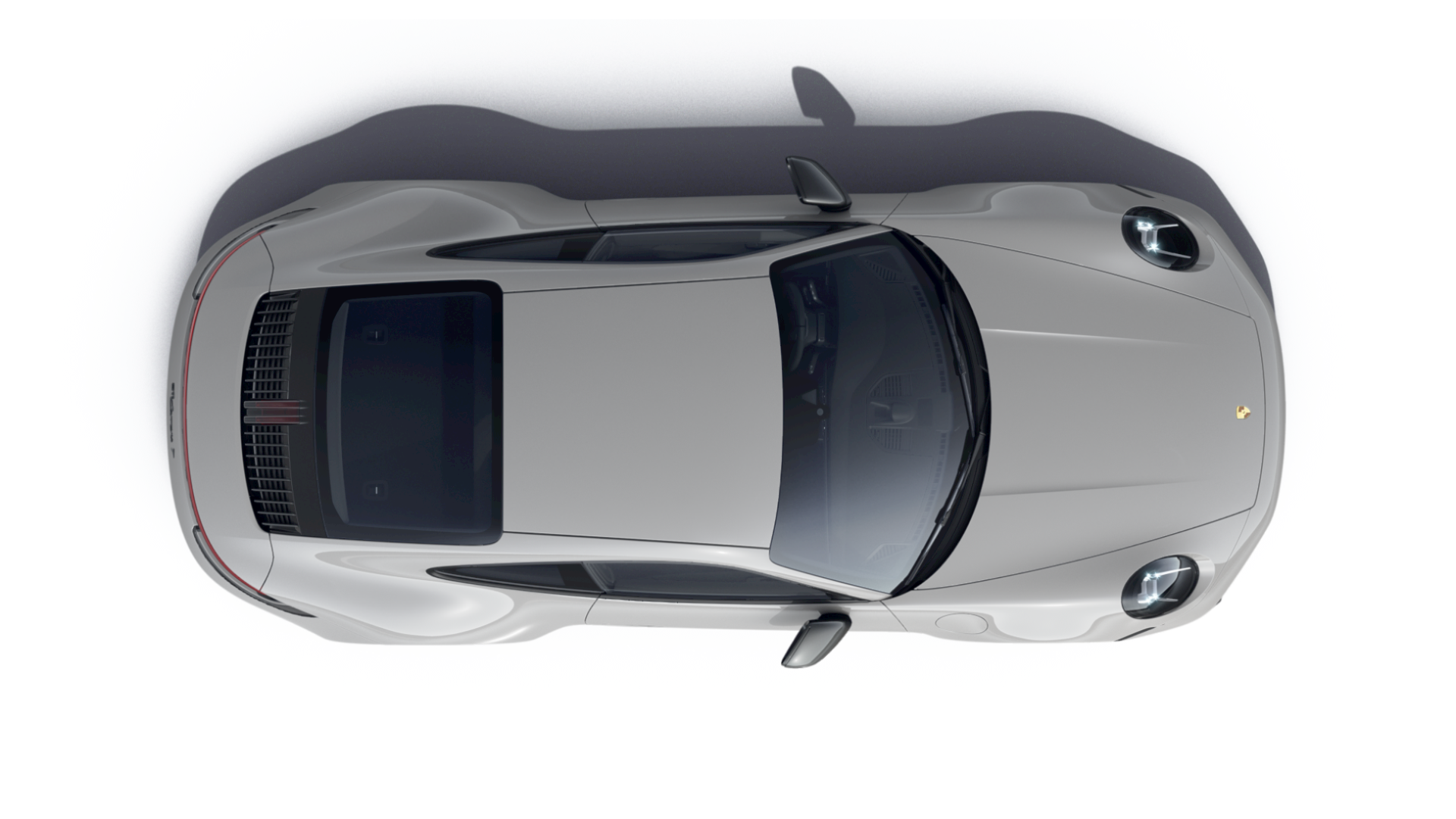The Most Influential Sports Cars Part 2 (1960 to 2019)
In Part 1 we examined the great sports cars from 1900 to 1959. In this article we will cover 1960 to 2019.
Please refer to the rules I set for this list of sports cars in the introductory section of Part 1. Let us continue our list:
1960-1969: Jaguar E-type

Yet another decade teeming with beautiful sports cars far too numerous to mention. When Enzo Ferrari claims that a car is the most beautiful car ever made, choosing the Jaguar E-type (XK-E in North America) is not a controversial decision. Introduced in 1961, there was nothing on the road that resembled it. The design was streamlined, clean and timeless. If that design had been held back and released today in 2024, it would still look current. In terms of styling, it’s main rival in the 1960s was the Toyota 2000 GT and what is fascinating is that designers of this Japanese masterpiece readily admitted they used the E-type as inspiration.
1970-1979: Mazda RX 7

This was a difficult decade for the car industry. It began with a fuel crisis, then challenging environmental, fuel consumption and safety regulations resulting in remedies such as bizarre bumper fixes to comply with said regulations. The decade ended with the US car industry in disarray. The 1970s and the start of the 1980s has become known as the Malaise Era. And that it was. American manufacturers panicked as they were forced to introduce small, fuel-efficient cars. Instead, they unsuccessfully attempted to retrofit existing designs. Meanwhile, Japanese and German manufacturers seemed better prepared to adapt to these regulations and as a result gained greater market share globally.
This should not have been a great time for the sports car either. Yet among the chaos some notable models were introduced during the 1970s – the Porsche 930 Turbo, the Aston Martin Vantage and the Lamborghini Countach, to name three.
While these cars are remarkable and are unquestionably classics, the Mazda RX 7 stands out as the sports car that saw us through this troubled period. It looked the part, was powered by a Wankel rotary-engine, was very light and nimble and it did it all without being luxury-car expensive. The RX 7 allowed enthusiasts to own a car that was advanced, exuded exotic technology and was fun to drive. Introduced in 1978 and available in various iterations until 2002, this Mazda has to be our choice because it carried the torch during the Malaise Era.
1980-1989: Mazda Miata/RX5


After European and Asian manufacturers sorted through the challenges of the 1970s, many of them had realized they were able to design sports-car performance and handling into sedans, coupes and hatchbacks. German manufacturer BMW was the first to surprise the industry in the 1970s with its remarkable performance sedans and VW did the same for the hatchback with the Golf GTI. Of course, everyone else followed suit and car buyers were spoiled for choice allowing them to enjoy sports car performance while taking at least three friends along for the spirited ride.
Mazda, once again came to the rescue of the two-seater sports car with the Miata, a compact roadster that shared a strong resemblance to the Lotus Elan of the 1960’s. That resemblance did not go unnoticed by enthusiasts. (By the way, the red car pictured above is the Mazda and the blue one is the Lotus.) The car was launched in 1989 and is still in production today. It has remained a simple vehicle that is reasonably priced, uncomplicated, very analogue, delivers adequate power and is extremely fun to drive.
1990-1999: Porsche Boxter

Porsche introduced the Boxster in 1996. It was a smaller, lighter, less powerful and less expensive car than the company’s flagship 911 with its engine mid-ship instead of behind the rear axle. That car did a lot to revitalize the sports car and differentiate it from sports sedans by making Porsche’s unique engineering and high quality available to a broader customer base.
2000-2009: Toyota 86/Subaru BRX

Toyota bought a 25% stake of Fuji Heavy Industries, Subaru’s parent company in 2005. This event led to the two automobile manufacturers collaborating on a sports car together. The vehicle they produced was clearly aimed at the Mazda Miata market and they produced a serious, but conventional competitor, except for one aspect. They used the Subaru flat four-cylinder engine that sits very low in the engine bay, a feature allowing for low centre of gravity, excellent weight distribution, exceptional handling without the addition of heavy and complicated suspension and chassis bits. Like the Miata, this car is reasonably priced in a sports car market whose entry point was and continues to be more and more expensive.
2010-2019: Porsche 918

I know I am guilty again, as I was with the Bugatti Type 35 from the 1920s, of including another car with an outrageous sticker price. The reason I have chosen the 918 is not because of its staggering performance, which incidentally even surprised retired F1 champion, Nico Rosberg when he drove one around a race track. I chose it because it is the first true sports car to employ hybrid technology. In this era of automotive electrification, be it direct or indirect, the 918’s hybrid system was designed to increase performance to levels never seen in road-going vehicles. Porsche’s motivation was not to save fuel. The 918 embodies the notion of using any technology available to enhance the power and performance of the vehicle, which is exactly in keeping with the spirit of the sports car. The 918 shows us that if this kind of thinking persists, the sports car will continue having a bright future.

Another great article. I really liked the rules you set for inclusion.